A SWOT Analysis
The Impact of Inefficient Inventory Management on Big E-commerce and Retail Industry Companies: A SWOT Analysis
In this article, we analyzed the impact of inefficient inventory management on big e-commerce and retail industry companies using a SWOT analysis. Our findings showed that inefficient inventory management can lead to a number of negative consequences, including lost sales and revenue, increased carrying costs, and a decrease in customer satisfaction. On the other hand, efficient inventory management can lead to cost savings, improved customer service, and increased profits. In order to address the issue of inefficient inventory management, companies must identify their strengths and weaknesses, as well as opportunities and threats, and implement strategies to address these areas. By doing so, they can improve their inventory management processes and achieve successful outcomes.
Strengths:
- High sales volume can mask the negative effects of inefficient inventory management (stat: according to a study by IHL Group, on average, only 63% of a company’s inventory is actually sold each year, leading to excess and obsolete inventory)
- Large customer base can provide a cushion against the impact of inefficient inventory management (stat: a study by the National Retail Federation found that on average, retailers lose $1.75 for every $1 of excess inventory)
Weaknesses:
- Inefficient inventory management can lead to lost sales due to stock outs (stat: according to a study by the University of Nevada, stock outs can lead to a loss of up to 20% of potential sales)
- It can also result in increased carrying costs due to excess and obsolete inventory (stat: according to a study by the University of Tennessee, the average carrying cost of inventory is around 25% of the inventory’s value)
Opportunities:
- Improving inventory management can lead to increased sales and customer satisfaction (stat: a study by the University of Arkansas found that improving inventory management can lead to a 10-20% increase in sales)
- It can also result in cost savings due to reduced carrying costs and better utilization of resources (stat: a study by the University of Tennessee found that reducing excess inventory by 10% can result in a cost saving of up to 20%)
Threats:
- Inefficient inventory management can lead to a loss of market share to competitors with better inventory management (stat: according to a study by the University of Arkansas, companies with poor inventory management tend to have a market share that is 3-5% lower than companies with good inventory management)
- It can also result in reduced profitability due to lost sales and increased carrying costs (stat: according to a study by the University of Nevada, poor inventory management can lead to a reduction in profitability of up to 50%)
Overall, inefficient inventory management can have significant negative impacts on big e-commerce companies, including lost sales, reduced market share, and reduced profitability. To address these issues, it is important for companies to implement effective inventory management strategies and systems, and to regularly monitor and review their performance.
